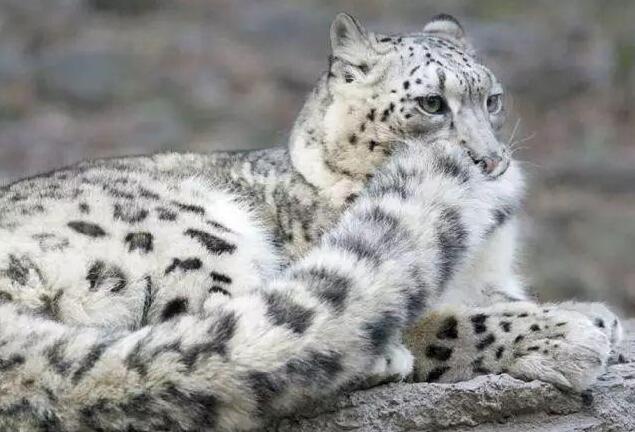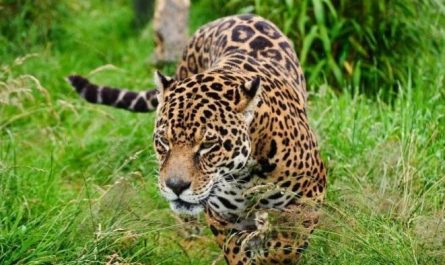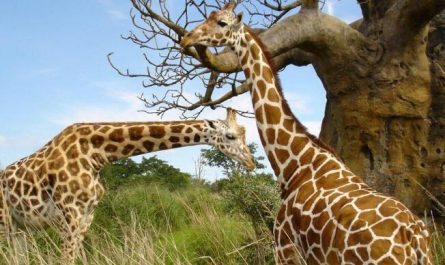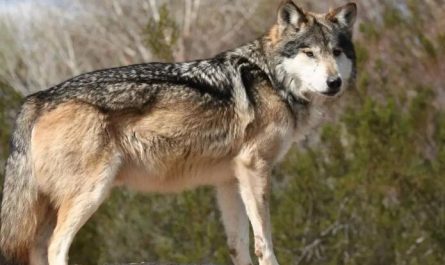The main reason why snow leopards are endangered
First of all, the living environment of snow leopards is one. Humans expand cities and develop scenic areas, which affects snow leopards. This is the second, mainly because of food problems. The staple food of snow leopards is ibex and rock sheep, but its prey is also decreasing. Both goats and rock sheep are national first-class protected animals.
A snow leopard skin can be sold for a sky-high price of several million, so poachers began to illegally poach snow leopards and its food, and the number of rock sheep and ibex at the bottom of the biological chain decreased, and the snow leopard at the top of the biological chain would suffer. Up
Snow Leopard (Snow Leopard) or Ounce (Uncia uncia), also known as “Artemisia leaf Leopard”, “Lotus Leaf Leopard”, “Grass Leopard” in China, is a large cat, native to the mountainous areas of central Asia. Until now, many taxonomists still classify snow leopards and several other big cats as leopards, but in fact it is different from other leopards.
The branch of the snow leopard is variegated? It often lives in plateau areas at an altitude of 2500-5000 meters. The 12 countries currently living in Central Asia have also had a share in Myanmar in history. According to statistics in 1996, there may be 7,000 [1]. In China, snow leopards are distributed in Inner Mongolia, Qinghai, Gansu, Xinjiang, Sichuan, Tibet and Yunnan provinces.
The snow leopard can weigh up to 75 kilograms, and its relatively long tail (1 meter long) has become a distinct feature that distinguishes it from other similar species. When climbing slopes in a mountain environment, this long tail can help the snow leopard to master its balance. In a cold environment, this tail can cover its nose and mouth to keep it warm. Similar to lynx, another cat species, snow leopards also have large, furry feet, which are like snow boots.
The fur of the snow leopard is gray and white, with markings on the tail. They are opportunistic carnivores. They will eat any edible meat found. They are often able to hunt animals three times their own weight, including livestock kept by people.
In the international fur market, snow leopard fur has a high price. Xu Guoguo’s traditional medicine believes that the bones of snow leopards can treat bone pain, wind, cold, and dampness. Therefore, snow leopards are hunted to obtain leopard bones. For these reasons, snow leopards are still facing the danger of poaching, and their habitat is also Human activities shrink.
The International Union for Conservation of Nature (IUCN) has listed it as an endangered animal; snow leopards usually live together in pairs, mature for 2-3 years, generally estrus period is 3-5 months, pregnancy period is 93-110 days, and they are born in May-June Baby, 2-3 babies per litter. Cubs begin to live independently when they are 18 to 22 months old, and become sexually mature when they are 2 or 3 years old. The life expectancy in the wild is generally 10 to 12 years. At present, artificial reproduction under cage conditions can be completed.
Growth habits of snow leopards
The carnivore with the highest altitude. There are fixed caves, nocturnal, more morning and evening activities, living alone. They preyed on goats, rock goats, gorals and other alpine animals in ambushes. They occasionally attacked yak herds and bitten the calves that fell behind. Snow leopards live in high mountains at an altitude of 5000-5600 meters in summer. In winter, they usually descend with rock sheep to relatively low mountains. The nest of snow leopards is set in a cave, and a nest is often lived for several years.
Snow leopards feed mainly on rock sheep and also prey on small animals such as plateau rabbits, so their habitat is also in mountainous areas where rock sheep are concentrated. At dusk, the rock sheep began to leave the rocks to search for food on the grass, while the snow leopards moved with the rock sheep, often preying on the rock sheep by sudden attacks, biting its throat and causing it to die.
In order to hunt food, snow leopards often go far away, often follow a certain route around an area, need many days to return along the original road, nocturnal, rarely come out during the day, or lie down on the bare rock in the mountains, at dusk or dawn It is most active at the time, there are certain routes up and down the mountain, and I like to walk the ridges and valleys.






